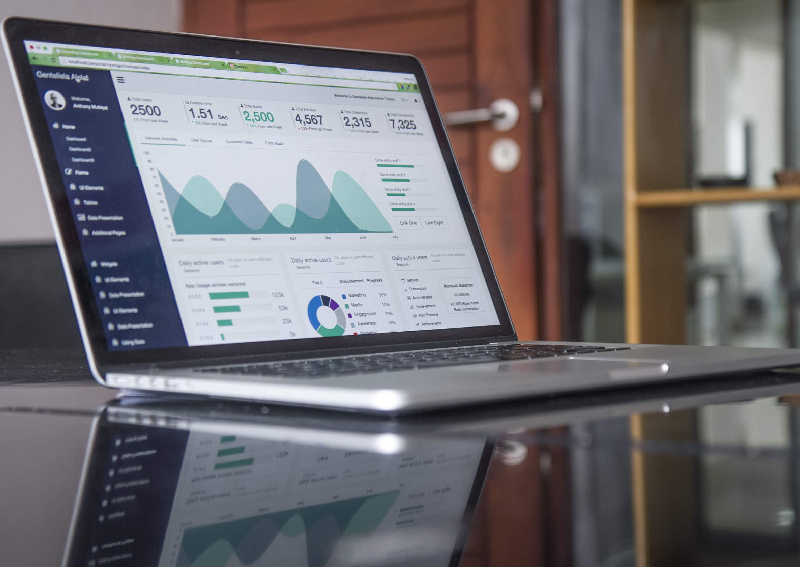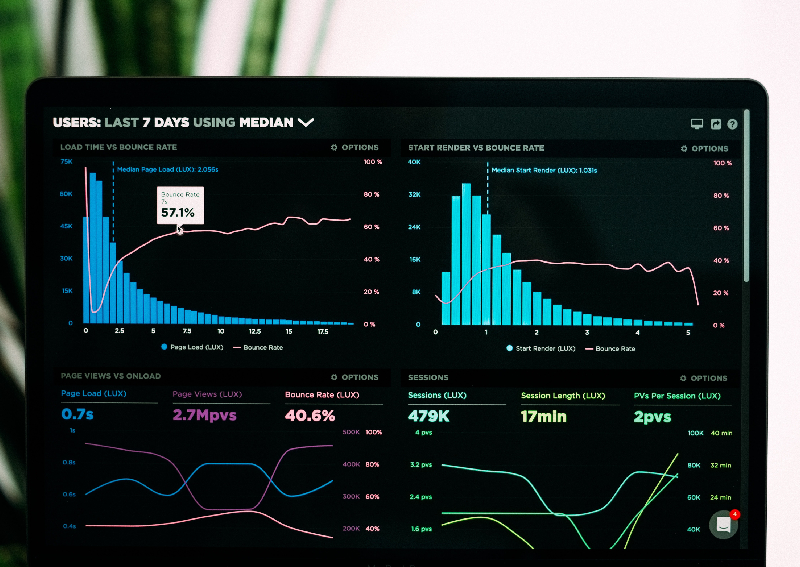Why 2020 could be the best year to start your investment journey

If you started your investment journey in January 2020, your portfolio would surely be in the red today.
If you had started your investment journey in 2018 or 2019, chances are that your portfolio will also be in the red.
Even if you had started in 2017, when markets were doing exceptionally well, you may see your overall portfolio worth less than what you invested initially.
What does this mean? Was investing over the past three years a wrong decision for everyone? Should investors, both new and existing, continue staying out of the market during this stock crisis?

Since the global financial crisis in 2008, the financial markets have generally been on a bull run except for a couple of periods, such as the Europe Debt Crisis (2011) and China Stock Market Crash (2015).
History has shown us that stock market crashes are both unpredictable and unavoidable.
Investors are advised to constantly ensure that their portfolio and investment time horizon is able to take them through both good and bad times.
Unless we have a crystal ball (which nobody does), it's important to remember that as investors, we need to be prepared to take the highs and the lows of the market, not just one without the other.
For example, if you have started investing in 2017 or 2018, you would have taken the highs of the market.
Unknown to you then, you were also paying "higher" prices for stocks that you invested in, but that was fine because prices continued climbing after you invested.
[[nid:477353]]
This is what a bull market looks like.
We invest at high prices, but prices continue to climb higher. It makes us happy, and we feel clever about our decision to invest.
If you bought DBS shares in January 2017, whether by careful analysis or sheer luck, you would have paid $18.97 for it. Share price increase to as high as $30 (April 2018).
After that, price declined, but as of January 2020, was still above $25. Your investment is looking good and you pat yourself on the back for wisely investing in a strong company that continues to be at the forefront of banking, both in Singapore and across Asia.
As the time of writing (21 March 2020) however, DBS share price is at $18.16. So just like that, more than two years of gains in one of your best investments have been wiped out in less than 2 months.
You tell yourself that 1) things could have been much worse if you invested at a higher price; and that 2) you have received substantial dividends, so at least you are still in the green.

The market is currently between cycles.
Unlike other black swan events, Covid-19 has impacted every country directly, and as a result, the stock market has declined very quickly.
As investors, we cannot take the highs without the lows.
From 2016 to 2019, we paid higher prices and seen our investments increase in value. We were happy. But now, prices have declined and if you are like most investors, you are sitting on losses.
There is a silver lining, however. When markets are experiencing a crash, you pay lower prices for your investments.
Think of it this way. Bull markets are when returns are generated, but prices are higher for investors who wish to participate.
Bear markets are when investors get to participate in the stock market at a much lower price, but they cannot expect a return in the short-term.
Prices are lower during this period because many people expect prices to continue declining further.
So even though we want to (and should) continue investing, we should also expect that our investments will decline in value over the foreseeable future.
If you are currently an investor and have invested over the past three years, you would have invested at higher prices, and likely seen some reasonable gains in your portfolio until January 2020. That's the bull market at work.
[[nid:479390]]
In a bear market, this same logic no longer applies. We no longer buy stocks at high prices expecting that it will increase in value.
Rather, we buy stocks at lower prices while expecting that prices will continue declining for a period of time. This could be for six months, 12 months, 24 months, or even beyond that.
The main aim during a bear market is to be accumulating good stocks at a significantly discounted price. When markets recover, we hope that these stocks will perform well.
Unless you are trading, you should not expect a positive return during a bear market.
At the same time, if you are unwilling to invest, because you don't think you can make a return in the short-term or would end up losing more money (probably true), then you are also saying no to investing when prices are low.
Many people agree we should invest but also feel prices are not low enough to justify entry. These investors may only start investing once the Straits Times Index (STI) goes below 2,000.
At this point, it's possible (even likely) that the STI may dip below 2,000, so perhaps it's worth waiting on the sideline.
But consider this from another perspective. What if this never happens?
Perhaps the virus stabilises in the next few weeks (we hope!), and the market declines to 2,001, hover around the 2,100 to 2,200 range for a few months before it starts climbing again slowly.
Would that mean we end up never investing when markets are low because the STI never went below the 2,000 points level we hoped for?
Or would we only start investing once market prices are higher? If that's the case, then we end up taking the highs and lows of the market performance, while only paying prices when it's higher.

Alternatively, we may see the STI go below 2,000. At that point in time, some investors would hit their target price and start investing.
However, it's also worth asking why these investors are not waiting until prices are below 1,500, or even 1,000?
You see, when you choose to invest only if prices drop below a certain level, you are essentially timing the market.
It's difficult, even for experts and professional investors, to time the market accurately such that they can only buy at the bottom.
Statistically, a small percentage of us will be right in timing the market, but most of us won't be.
So, it means we 1) either invest with the expectations that prices will go lower or 2) end up not investing at all.
You should be cautious about dead cat bounce if you are timing the market. In almost all market crashes, there will be multiple occasions where prices recover for a short period before falling again.
So, trying to time the bottom is dangerous, because chances are, you will end up investing at the wrong time anyway.
Bear markets occurs typically because people are 1) selling their stocks in a panic, 2) holding off their investments in anticipation that prices will go down further or 3) unable to invest because they don't have a job or have spent all their money on groceries.
A bear market is a great time to start your investing journey because you are generally starting at a lower price. However, there is a tradeoff. In your first year of investing, you are likely to see your investment portfolio in the red.
[[nid:475239]]
So, if you are looking to invest at the bottom, expecting that your portfolio will turn green after just 1-2 months, you are likely to end up disappointed.
The safer thing to do is simply start investing slowly, with money that you can afford to lose or at least not touch for the next ten years.
If you are greedy and invest quickly, you run the risk that markets will continue declining after you have entered the market.
At the same time, if you choose not to invest expecting that markets will continue to decline, you may end up missing a great opportunity to start accumulating stocks at a period where it's heavily discounted.
Just because you intend to invest during this period doesn't mean you can punt on stocks that have lost a large percentage of their value in the hopes that you will make a killing if they recover from the crisis.
Similar to the real health danger brought by Covid-19, not everyone will recover completely. Strong companies and markets may face short-term challenges but are likely to eventually recover and may even come out stronger than before.
At the same time, weaker companies may never improve, and some may also disappear.
So beyond just when and how much you want to invest, choose carefully what you want to invest in.
For the latest updates on the coronavirus, visit here.
This article was first published in Dollars and Sense.